By Keven Milgram CFP®
Director of Financial Planning
We all have our eyes on the ball, aka the traditional New Year’s ball, that will drop virtually without the usual fanfare on the last day of 2020.
Most of us can’t wait for 2020 to be over.
But before you bid adieu and say bon voyage and good riddance to the year of the pandemic, take some time to review these money-saving moves which could potentially end your year on a financial high note.
Here are our TOP FIVE Money-Saving Moves:
1. Check your withholding for 2020
There are still some strategic actions you can take to decrease your potential tax payment, starting with your withholding tax.
Adjusting payments now (or making the appropriate estimated payments) can alleviate writing a large check in April. Check out the IRS withholding estimator to estimate how much you may owe or receive as a return in April and then discuss the possibilities with your accountant or financial advisor.
2. Maximize your 401k Contributions
One of the simplest and strategic ways to reduce your taxable income is to max out your allowable 401(k) contributions.
When you put aside money in your 401(k), 403 (b) or other retirement plans, your contributions are not only tax-deductible but also your money grows tax-deferred while you build your retirement stash. The contribution limit for 2020 is $19,500 plus an additional $6,500 if you are 50 or older. A conversation with your financial professional is the best way to determine how much money to contribute to your employer retirement plan. This may include taking advantage of the Roth option if available. The bottom line is to maximize your annual contribution before December 31.
3. Spend down your Flexible Spending Account (FSA)
An FSA is an employee-sponsored healthcare account where you can set money aside, tax-free, to pay for qualified out-of-pocket medical expenses. Knowing the rules of your plan is the key to maximizing the benefits since the FSA funds are subject to the, “use it or lose it” rule. Some employers allow for extra time and the ability to carry over some funds. Knowledge of the plan details is the power you need to potentially spenddown your FSA funds before the end of the calendar year.
4. Review Your Health Savings Account (HSA)
Check to see if you have reached your maximum contribution limits for 2020.
Both an FSA and an HSA are pre-tax accounts which can be used to offset healthcare expenses. But there are big differences. The HSA is generally available only to individuals who have a high-deductible health plan and the unused balances can roll over into the next fiscal year. Another advantage is you can change how much you contribute at any point during the year up to a maximum of $3550 for individuals and $7100 for family coverage. If you haven’t reached your maximum, and you have extra cash, you may want to consider adding it to your HSA for additional tax savings. Thinking of changing jobs? Your HSA dollars will follow your career moves, unlike the FSA which is generally tied to your employer.
5. Explore Tax Harvesting
If you were savvy enough or lucky enough to have experienced capital gains from a non-retirement account, you can offset them with tax loss harvesting.
Tax loss harvesting may be an option to consider under consultation with your financial planner who can help you navigate the wash rule. A wash sale occurs when you sell a security at a loss and then purchase that same security or “substantially identical” securities within 30 days, before or after the sale date.
Conventional wisdom dictates we meet with our accountants AFTER the new year to prepare our taxes for the April deadline.
Our recommendation and final “bonus” money saving move is to meet with your tax professional BEFORE the new year.

